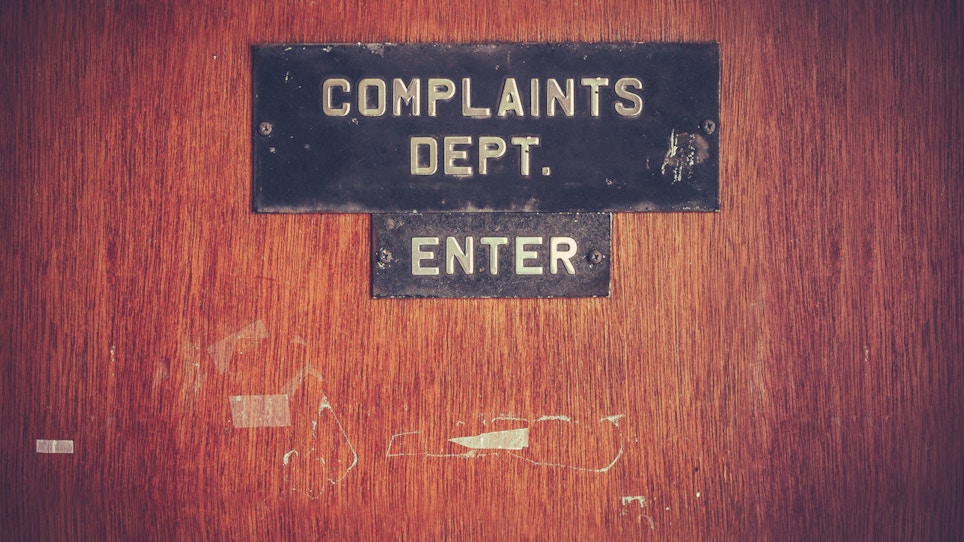Busy retailers may wish they could take back something they said in the heat of the moment or because it seemed like a great comeback at the time. Training ourselves to remain calm in any situation is the best defense against foot-in-mouth disease. However, Jeff Mowatt, a Calgary, Alberta-based customer service strategist, author and speaker, notes that simply eliminating 10 phrases from our vocabulary could solve 90 percent of communication problems with customers.
“No matter how good the service you deliver, you’ll still have problems caused by equipment failure and human error,” says Mowatt. “We can’t control those things, but we can control what we say to customers when they happen.”
Here are Mowatt’s top 10 phrases to avoid, from the least offensive to the grenade launchers:
10. “Do you want to hear the good news first or the bad news?”
Don’t even ask. “When you have both good news and bad news to deliver, always begin with the good news,” says Mowatt. “That way the customer begins the conversation with the best perspective. If they go into catastrophe mode with bad news, good news likely won’t bring them back out of it.”
9. “Bear with us.”
Customers see this as an order, not a request. “It also implies that the problem they have with your service is something they should tolerate,” says Mowatt. “Instead, say something like, ‘We appreciate your patience.’”
8. “We can’t ...”
“Customers don’t want to hear what you can’t do,” says Mowatt. “Tell them what you can do, instead.”
7. “We can’t get it until ...”
“Substitute something positive,” says Mowatt. “For example, try: ‘We’ll get that part for you as soon as possible.’ ”
6. “Yes, but ...”
“Using the word ‘but’ completely negates whatever you’ve just said,” says Mowatt. “It’s like starting an argument with your customer. Change the phrase to “Yes, and ...’”
5. “Looks like [whoever] messed up.”
Don’t blame other employees, departments or suppliers for the problem. “Take one for the team and take ownership of the problem on their behalf,” says Mowatt. “Tell them that you’re taking responsibility for the problem and will pursue it until it’s resolved to their satisfaction.”
4. “Why didn’t ...”
Asking a customer why someone in your company didn’t do something just invites them to point the finger back at you. “If you’re investigating a problem from the customer’s perspective, just ask questions that begin with who, what, where, when and how,” says Mowatt. “It’s your job to get to the bottom of the ‘why.’”
3. “Our policy is ...”
Why have you established policies to deal with foul-ups in the first place? Are they that common? “Customers don’t want to hear your standard procedures for dealing with your own errors,” says Mowatt. “Instead, explain how you’re responding to the situation and why you’re responding that way.”
2. “What do you want us to do?”
Unless you want to hear some blunt and inventive answers, don’t ask. Instead try: “What will work best for you?” or “We want to do the right thing. What do you think would be fair?”
“Fix the problem and add a small bonus to help compensate a customer for the hassle to convert an upset customer into an advocate,” says Mowatt.
1. “You [substitute colorful phrase of your choice]!”
Don’t respond in kind if the customer resorts to profanity or name-calling.
“Take the heat, not the abuse,” says Mowatt. “Try: ‘I want to help you, but I can’t when you’re using that language. So, let’s resolve this without it.’”
If abusive language continues, explain that the conversation is going to end and invite the customer to continue it later ... without the foul language.
“Immediately brief any supervisor, so they’ll know who they may be dealing with later,” says Mowatt.





